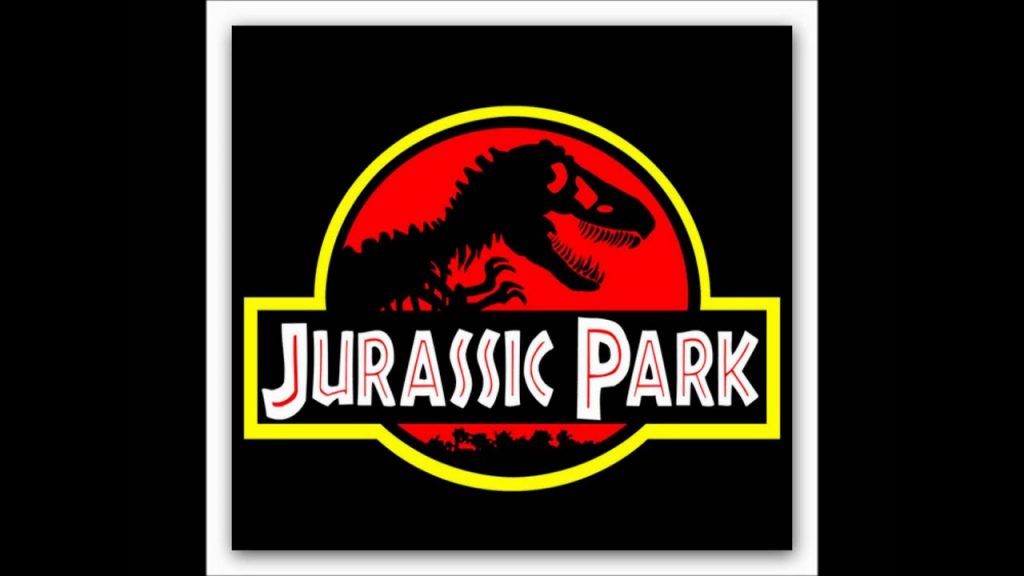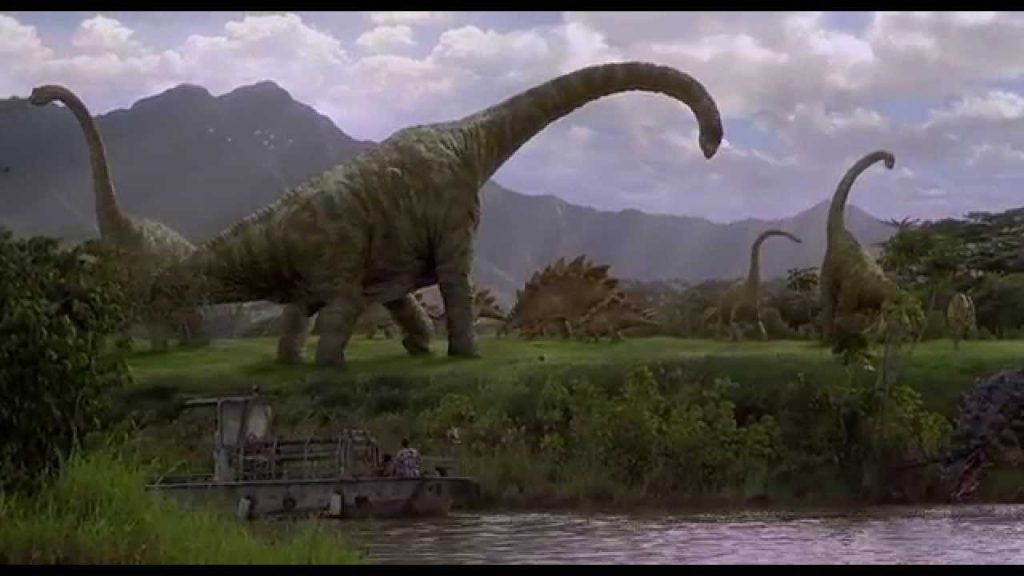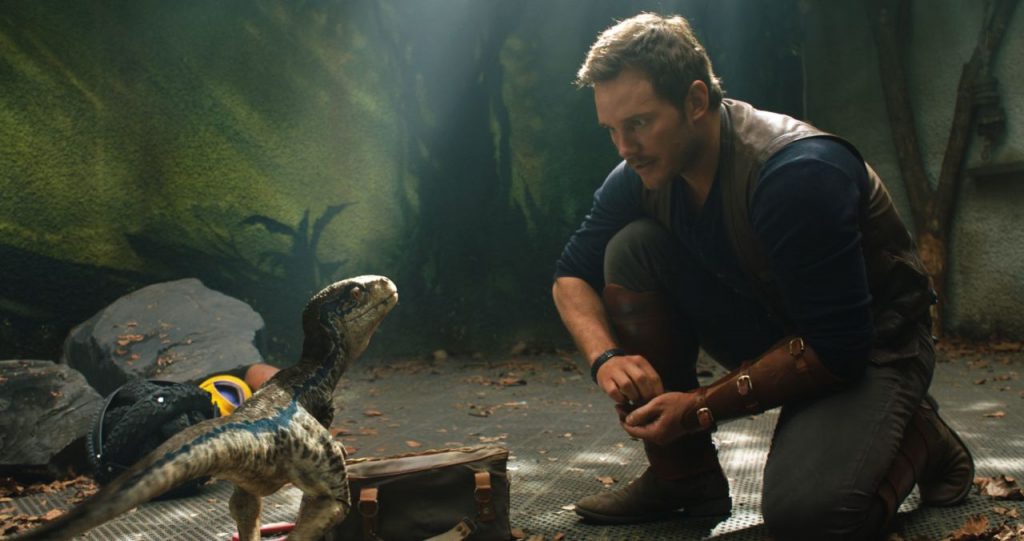In the spirit of providing a platform for students to voice their ideas and showcase their writing skills, BBS KJS presents to you Opinion.
Written by: Nesya and Bryan (Junior College 1)

“Technology has a great advantage in that we are capable of creating dinosaurs and show them on the screen even though they are extinct 65 million years. All of a sudden, we have a fantastic tool that is as good as dreams are.”
– W. Herzog
By 2050, scientists predict that dinosaurs could be resurrected. Have dinosaurs always looked as they were described? Although it may be true that we have not seen the appearance of a real pre-historic dinosaur in all its glory, scientists have figured out their appearance through the structure of their fossils.

However, this has created a plethora of confusion and second guessing- what if the fossils are actually from different dinosaurs and we end up resurrecting the wrong one? Hence, should dinosaurs be resurrected?

In Michael Crichton’s Jurassic Park, as a novel and then a blockbuster movie, reawakened the public’s fascination with dinosaurs. Although dinosaurs have always been popular, Spielberg’s sophisticated cinema computer graphics thrilled human imagination with a wistful longing to see these great life forms. What if we could actually bring them back to life?

Technological advances in molecular biology technology in the future might allow us to extract ancient DNA from fossilized dinosaur remains. Could we amplify it, replicate it, and implant it in a host such as an ostrich egg? This tantalizing fantasy has become increasingly closer to reality with recent successful efforts to clone mammals. How close are we to realising the iconic Jurassic Park?

However, the question is, can dinosaurs and humans even coexist? Right now, we are at the top of the food chain, though sometimes deadly accidents may happen with sharks and bears, we still hold the upper hand thanks partly to technological advances and a rapid change in globalisation.

We have yet to study the mannerisms and habits of these mighty creatures. After the dinosaurs died out, nearly 65 million years passed before people appeared on Earth. However, small mammals (including shrew-sized primates) were alive at the time of the dinosaurs.

With no first-hand experience, what can we expect from dinosaurs? Are they not as vicious as they are portrayed or do we have to be wary of them? Is there a way to contain their monstrous strength? Such questions, we hope, are taken into heavy consideration before we let utter curiosity and unethical science put us at the absolute mercy of Darwin’s theory on survival of the fittest.

Note:
* The opinion expressed here are solely exclusive of the authors and due care has been exercised to avoid any form of plagiarism as much as possible.
* If you have an original write up that you would like to share, why not be part of BBS Opinion? Send us your docx file via email to ganeswaran.kjs@binabangsaschool.com (and do not forget photos!)
* Your writing must be engaging, sensitive, informative, and roughly 300 words or more.
More Stories
BBS KJS Opinion: Is it Possible for AI to Obtain Self-Consciousness? (By BSP Scholars)
BBS KJS Opinion: Biofuel (by BSP Scholars)
BBS KJS Opinion: by BSP Scholars